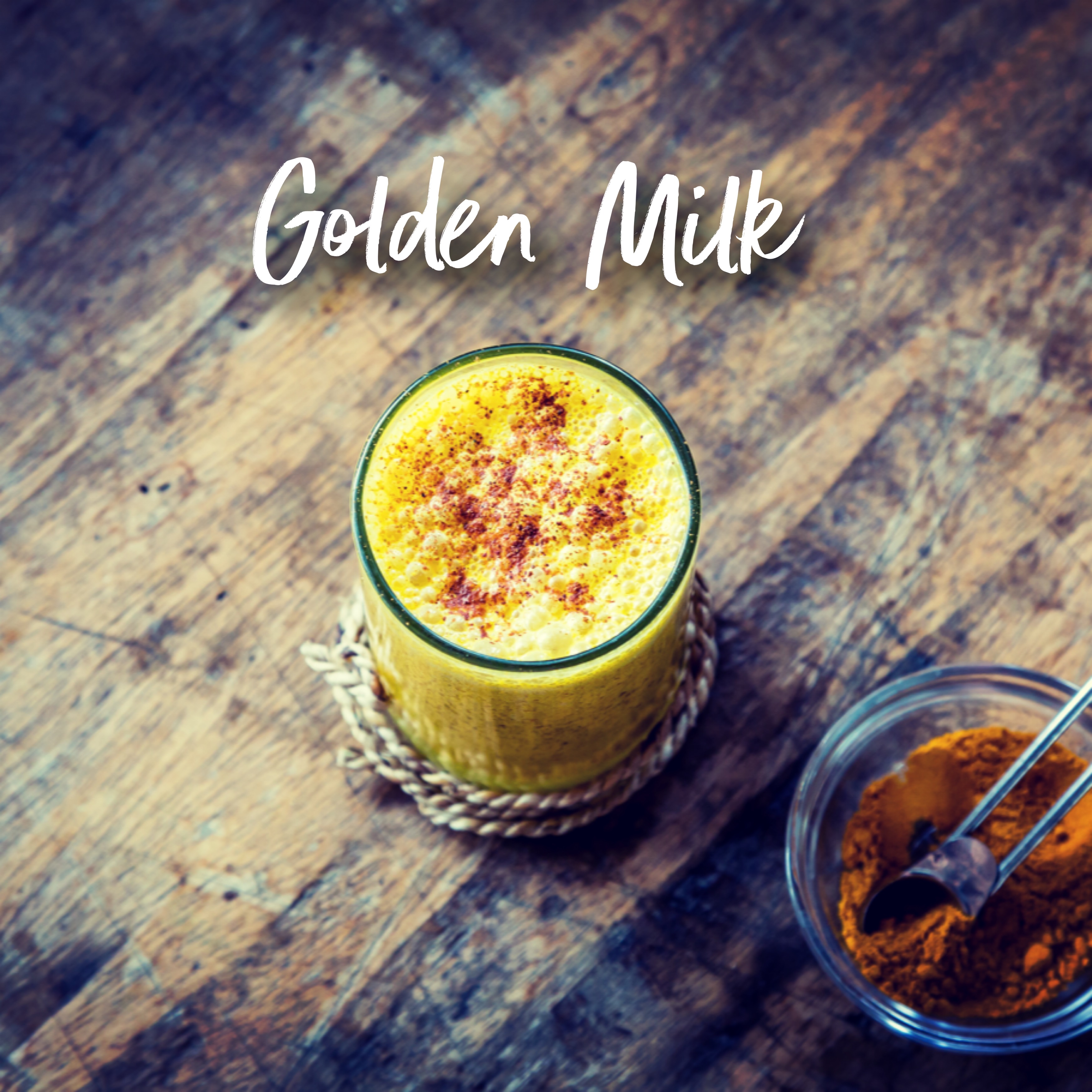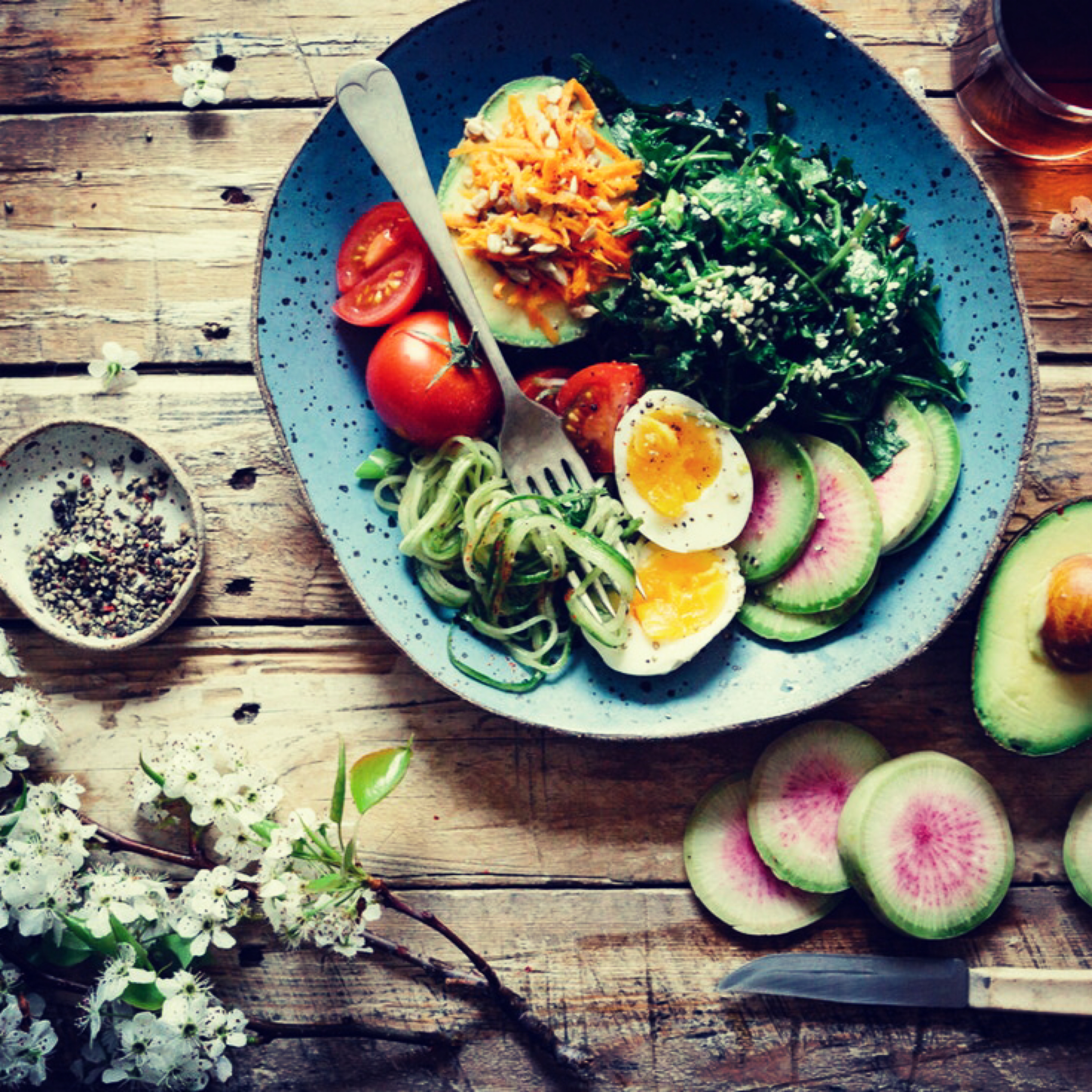
The great debate. Drinking juice has come under a lot of scrutiny, and rightfully so, do to the high sugar content and lack of fiber to blunt the impact on your blood sugar levels. However, the sugar issue really pertains to store bought juices where often times sugar is added on top of the naturally occurring sugar. So first tip is to avoid consuming any juices where you see any ingredients added outside of real fruits and vegetables. But wait, we’re still not in the clear. To gain the greatest positive impact on your health, you want to consume juices made primarily with vegetables (mostly greens). Unfortunately, there are still several “green” juices that will add sugar to make the juice more palatable, but the negative impact of the added sugar will out weigh the positives from the greens. A really good option is Suja Twelve Essentials. If you need a more portable option while traveling, Organifi Green Juice Powder is a great alternative. So, again, pay close attention to the ingredients. Which brings me to my next point. The best way to make sure you know what is going into your body is to make your own juice.
There are several inexpensive juicers on the market, and several not-so-inexpensive juicers. It will all depend on what you are willing to spend for what benefits. There are 2 basic kinds of juicers; centrifugal and masticating. The centrifugal juicer will quickly pulverize your fruits and vegetables and essentially “squeeze” the juice out by pushing your produce through sharp blades that break them down and forces the juice out via centrifuge (really fast spinny thing). This is a fairly quick process, however the clean up is cumbersome and you want to be sure to clean the centrifuge as soon as possible to avoid the filter in the centrifuge getting food particles stuck in it, making it less effective as you use it going forward. It’s very difficult to clean after the food particles have dried. I highly recommend the Breville Juice Fountain. The other main type of juicer is a masticating (slow) juicer which literally squeezes the juice out of your produce. This methodology is more time consuming, but the advantage is that the produce you are processing will not heat up; potentially killing enzymes in your produce that benefit your health. This is why you will see “Cold Pressed” on juices you see in stores or juice shops. The masticating juicer is more expensive, but if you’re looking for the highest quality, it’s the way to go. It is also easier to clean than the centrifuge type. The Omega Slow Juicer has the best value for a slow juicer.
On to the most important part, what fruits and vegetables make the best juices? You will want to have a few “base” vegetables and fruits that have a higher water content. A few examples are celery, cucumber, apples, carrots, swiss chard, and beets. My “go to” juice formula consists of at least one type of dark leafy green such as swiss chard, spinach (ideally baby spinach for this higher nutrient density), and/or kale, celery and/or cucumber due to their high water content and nutrients, a fruit (usually green apple, as green apples are lower in sugar than red), lemon to help preserve the juice for a few days (fresh is best, but I try to do larger batches due to the work involved each time), and herbs and spices such as ginger or mint. I love using ginger to add a zing to the juice as well as the antibiotic benefits. As you come up with your own combinations, you may find that you will want to add a larger portion of fruits to make the juice more palatable. However, challenge yourself to work towards reducing the fruit and increasing the greens and veggies over time as your palate changes to maximize the health benefits. Trust me, your palate will change, but be sure to nudge yourself in the right direction. As you continue juicing, you will likely notice your sugar cravings decrease as your body is getting a super dose of the nutrients it is truly craving when you crave sugar.
A deeper dive on the produce. I strongly recommend getting as much of your produce organic as possible. If you are having difficulty, keep in mind the dirty dozen. At a minimum, try to buy the fruits and veggies listed on https://www.ewg.org/foodnews/dirty-dozen.php organic as these are produce that are most susceptible to absorbing toxins. In general, produce with a thicker skin or rind are more resistant to absorbing toxins such as melons, lemons, etc., but be sure to cut off the rind on skin on these thicker fruits and vegetables before juicing. Another really great option is to hit up your local farmers market and find out how they grow their fruits and veggies. Many times, local farmers may have organic practices, but cannot afford to be certified organic.
Before you start juicing your produce, you can place them in a bath of water and white vinegar to kill off the bacteria that may be on the surface. You will want your bath to be 90% water and 10% vinegar and be sure to swirl the produce in the bath and let them sit for a few minutes. Be extra gentle with thin skinned produce like berries.
Whether you decide to juice or not, be sure to find ways to get at least 5 servings of fruits and vegetables a day. Your body with thank you tenfold. Make it happen!



